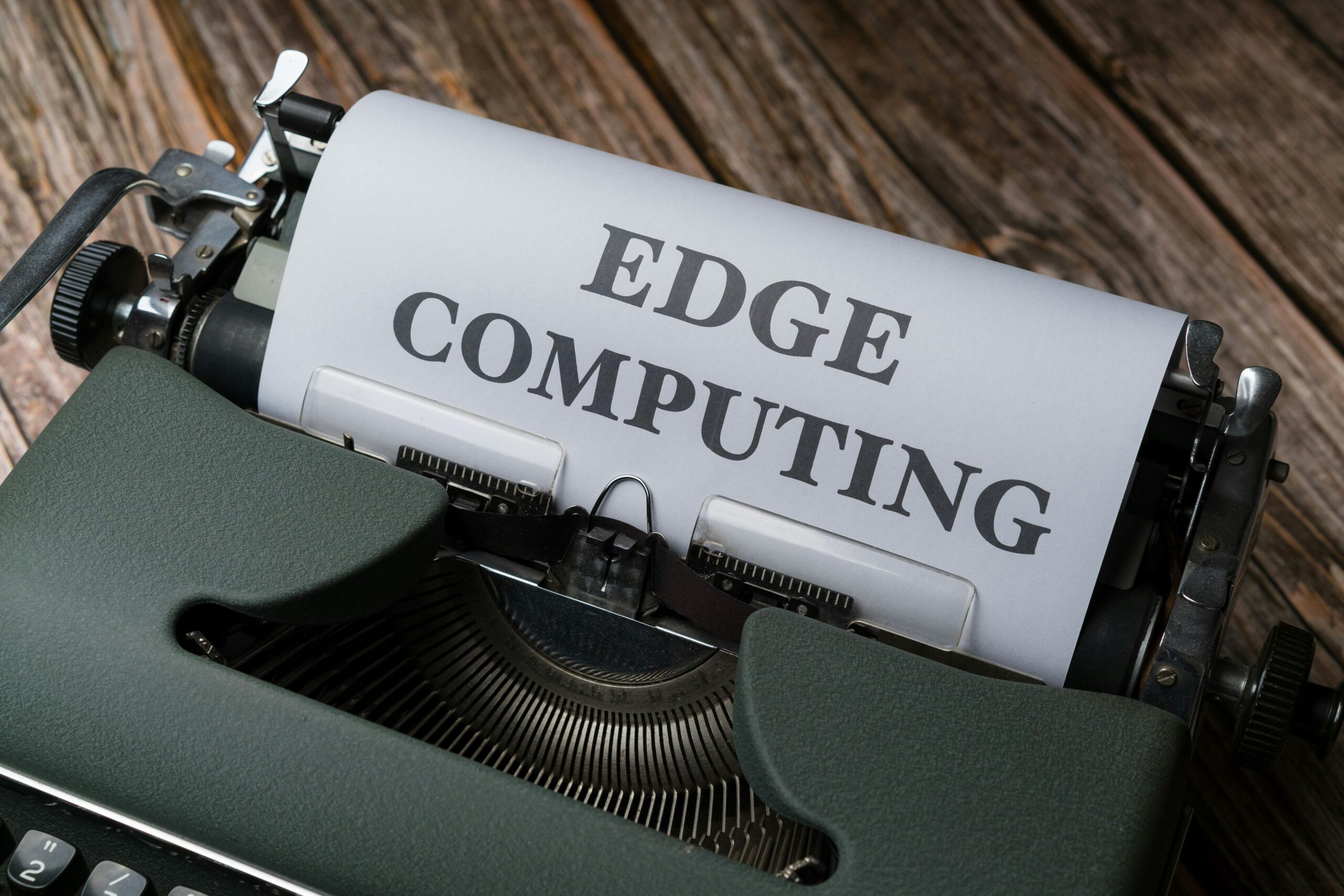Why Edge Computing is Revolutionizing Technology Today
Edge computing is a crucial aspect of the IT revolution, as it can restructure how data is gathered and processed. Edge computing can accelerate data processing and storage by moving the data sources closer to the visitors, which reduces the response time and makes real-time decision-making easier. The distribution of computing enhances effectiveness and improves the possibility of more secure and reliable systems. Click here
What is Edge Computing?
Edge computing is a game-changing way of working out how data is operated from the cloud servers, which lie in the central part of the network to the edge of the same network. Edge computing is further annotated as a solution in which existing data is treated locally, thus diminishing the possibility of delays or improving timeliness in capturing real-time insights. Such technology ensures haste decision-making necessary for selected tasks like autonomous vehicles and the Internet of Things(IoT devices).
Benefits of Embracing Edge Computing Early
Edge computing is likely to become a cornerstone of digital business shortly. Hence, an organization will get a competitive edge by “grasping the nettle” early in the digital world. Contrasting to data processing far away, this new ability that resources get to process data closer to the source dramatically reduces the latency and allows for faster response time, user experience improvements, and customer satisfaction. The fact that the technology can diagnose in real-time plays into the accurate decision-making of managers due to having fresh information to make their plans and decisions.
Industries that Stand to Benefit Most
One field where edge computing can bring about massive changes could be that of the healthcare industry. As telemedicine and wearable healthcare devices are becoming increasingly popular, processing and analyzing this data in real time has never been more of a concern. Collective processing on edge computing can be helpful in patient care as it speeds up the response time, improves diagnostics, and ensures secure data transmission, which, in turn, leads to better results.
Challenges and Risks of Edge Computing
The other important issue in edge computing is the protection and privacy of data. The extent of distribution of computing resources brings edge networks nearer to edge devices and exposes them to threats such as security breaches and data leakage. Threats from the edges would become increasingly prominent, which could create a big gap for inadequate security measures towards critical data. Click now

How to Successfully Implement Edge Computing
Entities should first understand their use case and requirements for a successful edge computing implementation. It is necessary to use a thorough approach while selecting those data and applications that need to run at the edge to achieve the best performance and overcome latency. Through the suitable location of edge devices at the point of data generation, businesses can optimize their efficiency and upgrade their real-time decision-making abilities. Edge Computing
The Future Impact of Edge Computing
On the verge of revolutionizing the way data is processed and handled, edge computing could be about to become an integral part of the digital environment. The development of the Internet of Things (IoT) has led to a decentralized approach called edge computing, which brings computing power closer to data sources. Data delivery now occurs without going over numerous devices and central dedicated servers. Latency is thus reduced, and system performance is improved.
Conclusion
This means the world is fast changing, and the old way reflects the improvement. Looking over the barriers of innovation and thinking at ease involves us, making it possible for us to see what we have missed for a long time and self-improve. We get through life when we live by our hearts, as that gives us a competitive edge and lets us savor success despite all the changes and reliability of the environment. Challenging the exploits of Giants, making us out of the ordinary by doing something that is not the norm for others, is the magic that makes us unforgettable. Therefore, let’s race ahead on the hyper lane, evolve being infinite, and consistently upgrade ourselves via self-betterment.
FAQs
1. What are examples of edge computing?
Edge computing happens at or near where data is consumed, say on factory machines or self-driving cars at close range. It averts latency and makes the system respond instantaneously to real-time decisions. Thus, it fits multiple applications, including remote patient monitoring and traffic management in smart cities.
2. What is edge computing vs cloud computing?
Through cloud computing, tons of data are stored and processed in substantial remote data centers far from the sources. In contrast, edge computing is the technology at the source, and your smart home thermostat or your self-driving car are good examples. This means that edge computing is the most suitable for real-time applications requiring high-speed processing, whereas cloud computing controls complex and sophisticated matters.
3. What is the use of edge computing?
Edge computing cuts down on lag by processing data locally, which is ideal for real-time choices in self-driving cars or remote surgery. It also frees up internet bandwidth by crunching information at the source and even allows devices to function offline, making it perfect for remote areas. Edge Computing
4. What are the basics of edge computing?
Proximate edge computing is where computational power is deployed to the system where it is needed. Instead of data being shipped for processing to the remote cloud servers, it gets analyzed at intelligent factory machines or the devices that we usually wear, like a smartwatch. This effectively reduces delays and enhances real-time decision-making, which might be necessary for traffic safety and industrial automation systems.
5. What is 5G and edge computing?
Imagine a super-fast highway (5G) for data paired with a network of local processing centers (edge computing). That’s the power of 5G and edge computing working together. 5G speeds up data transfer, while edge computing crunches information on-site, enabling real-time applications like self-driving cars and remote surgery.
For more Articles, Click here.




